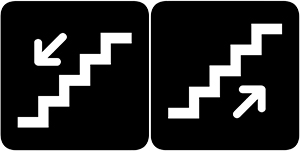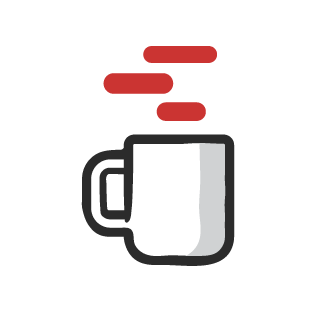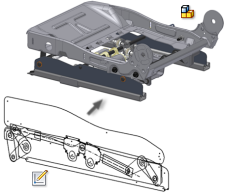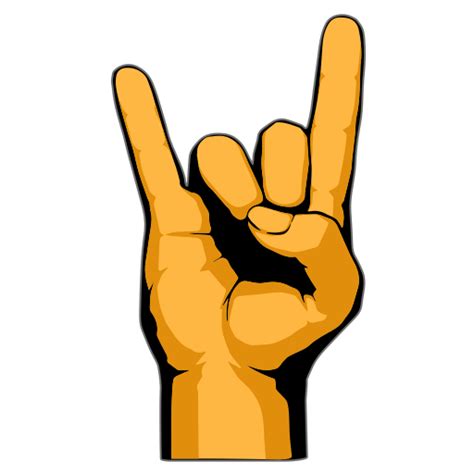In the world of software engineering, design plays a crucial role in creating robust and efficient software systems. Two popular approaches to software design are top-down and bottom-up design. These approaches offer different perspectives and methodologies for creating software solutions. In this blog post, we will delve into the concepts of top-down and bottom-up design in software engineering, exploring their characteristics, benefits, and when to use each approach.
I. Understanding Top-Down Design:
Top-down design is an approach to software design that emphasizes breaking down complex problems into smaller, more manageable components. It follows a hierarchical structure where the main problem is divided into smaller sub-problems. Each sub-problem is then further divided until the smallest problem can be solved separately. This process continues until the entire problem is solved.
A. Characteristics of Top-Down Design:
1. Decomposition: Top-down design involves decomposing a complex problem into simpler, more manageable tasks.
2. Stepwise Refinement: Each task is refined and broken down into smaller tasks until they can be easily implemented.
3. High-Level View: Top-down design focuses on the big picture, providing an overview of the entire system before diving into the implementation details.
B. Benefits of Top-Down Design:
1. Structured Approach: Top-down design offers a structured and organized approach to problem-solving, making it easier to manage and maintain the software system.
2. Modularity: Breaking down the problem into smaller modules promotes reusability and flexibility, allowing developers to modify or update specific components without affecting the entire system.
3. Early Identification of Dependencies: By addressing high-level requirements first, top-down design helps identify dependencies and potential issues early in the development process.
II. Exploring Bottom-Up Design:
Contrary to top-down design, bottom-up design starts with the implementation of smaller components and gradually builds up to the larger system. It focuses on creating reusable modules and integrating them to form a complete software solution.
A. Characteristics of Bottom-Up Design:
1. Component-Based: Bottom-up design emphasizes creating independent, reusable components that can be easily integrated.
2. Incremental Development: Each component is developed and tested individually before being integrated into the larger system.
3. Emergent Properties: The system’s functionality emerges as the individual components come together.
B. Benefits of Bottom-Up Design:
1. Reusability: Bottom-up design encourages the creation of reusable components, saving development time and effort in the long run.
2. Incremental Testing: By testing each component individually, bottom-up design allows for early detection and resolution of issues, leading to a more stable and reliable system.
3. Flexibility: The modular nature of bottom-up design allows for flexibility in adding, modifying, or replacing components without affecting the overall system’s functionality.
III. Choosing the Right Approach:
Deciding whether to use top-down or bottom-up design depends on various factors, including the project’s scope, complexity, and development team’s expertise.
A. When to Use Top-Down Design:
1. Well-defined Requirements: Top-down design works best when the project requirements are clearly defined, allowing for a structured approach to problem-solving.
2. Large-Scale Systems: When developing large-scale systems, top-down design helps manage complexity by breaking it down into manageable components.
3. Familiarity with the Domain: If the development team has a deep understanding of the problem domain, top-down design can provide an efficient way to approach the solution.
B. When to Use Bottom-Up Design:
1. Reusability: If the project requires a high degree of reusability, bottom-up design allows for the creation of independent components that can be easily integrated into different systems.
2. Prototyping: Bottom-up design is beneficial when creating prototypes or proof-of-concept implementations, as it allows for quick development and testing of individual components.
3. Incremental Development: If the project requires frequent iterations and continuous improvement, bottom-up design facilitates incremental development and testing.
IV. Conclusion:
In software engineering, top-down and bottom-up design provide two different approaches to tackle complex problems. Top-down design starts from the problem’s overview, breaking it down into smaller tasks, while bottom-up design begins with individual components, gradually building up to the larger system. Both approaches offer unique benefits and should be chosen based on the project requirements and development team’s expertise. By understanding these design methodologies, software engineers can make informed decisions and develop robust, efficient software solutions.
We hope this blog post has shed light on the concepts of top-down and bottom-up design in software engineering. Which approach do you prefer, and why? Leave us a comment below and let’s start a discussion!
Top-Down and Bottom-Up Design | Engineering.com
Nov 28, 2012 … Top-Down Design, is characterized by an extensive planning and research phase that leads into the development of a product. Bottom-Up Design, … – www.engineering.com

c++ – Is is preferable to design top down or bottom up? – Software …
Feb 12, 2012 … The main idea of top down design is: first you plan, then you code. Beanow is correct when he writes, that there are problems when executable … – softwareengineering.stackexchange.com

The difference between top-down and bottom-up programming …
Jun 15, 2022 … For me, when designing software, it makes the most sense to design from the top down by focusing on how the application will work for the user. – www.reddit.com
Inventor 2022 Help | Top-down, bottom-up, middle-out design …
Most assembly modeling combines the strategies of bottom-up and top-down design. Some requirements are known and some standard components are used, … – help.autodesk.com

Top-Down versus Bottom-Up Approach in Software Design | by Ziga …
Jun 7, 2023 … The top-down approach starts with an overall design and gradually drills down into smaller components, while the bottom-up approach starts with … – ziga-petek.medium.com
Difference between Bottom-Up Model and Top-Down Model
Sep 6, 2023 … Bottom-Up Model is a system design approach where the parts of a system are defined in details. Once these parts are designed and developed, … – www.tutorialspoint.com

terminology – Definition of Top-down Refactoring / Bottom-up …
Apr 14, 2016 … Software Engineering · Definition of Top-down Refactoring / Bottom-up … I think top down aproach are more a re-design than a mere refactoring. – softwareengineering.stackexchange.com

design – How to cope with different development styles (top-down vs …
Jun 29, 2016 … Obviously they are both wrong. The bottom up guy is hacking away at code and will never produce something that does what it is supposed to … – softwareengineering.stackexchange.com

Cabinet Design Software
Cabinet Design Software: Unlocking Creativity in Every Corner In today’s fast-paced world technology has revolutionized various aspects of our lives including home improvement and interior design. When it comes to cabinet design gone are the days of manual measurements and countless hours spent on t – drawspaces.com

Homes Plans And Design
Homes Plans And Design House Plans | Home Floor Plans & Designs | Houseplans.com Shop nearly 40000 house plans floor plans & blueprints & build your dream home design. Custom layouts & cost to build reports available. /a /p !– /wp:paragraph — /div !– /wp:column — !– wp:column {width:20%} — div – drawspaces.com

Software Pattern Design
Software Pattern Design: Creating Efficient and Scalable Solutions In the ever-evolving world of software development finding efficient and scalable solutions is crucial. This is where software pattern design comes into play. Software pattern design refers to a set of proven solutions to common prog – drawspaces.com

Pink And Black Nail Design
86 003 Nail Design Photos – Free & Royalty-Free Stock … Elegant nail design on a rectangular shape nails covered with light pink lacquer with black white Golden figure Pink cherry nail design. For nail glitter different shapes closeup www.dreamstime.com Top 15 Easy To Do-At-Home Nail Art Designs F – drawspaces.com

Horns Down Emoji Copy And Paste
Horns Down Emoji Copy And Paste: Unleash Your Inner Rebel In the digital era emojis have become an integral part of our communication enabling us to express emotions and convey messages with just a tap of a button. One such popular emoji is the “Horns Down Emoji ” symbolizing rebellion defiance and – drawspaces.com

Sublimation Design Software
Free Sublimation Design Software Silhouette Studio for Sublimation: Free Software for Epson and … May 17 2022 … Silhouette Studio can be used for Sublimation printing for not only designing but also print layout. … You don’t even need a Silhouette cutting … www.silhouetteschoolblog.com 9 Bes – drawspaces.com

Graphic Design Free Software
Graphic Design Free Software Canva: Visual Suite for Everyone Canva is a free-to-use online graphic design tool. Use it to create social media posts presentations posters videos logos and more. /a /p !– /wp:paragraph — /div !– /wp:column — !– wp:column {width:20%} — div class=wp-block-column s – drawspaces.com

Singapore University Of Design And Technology
Singapore University Of Design And Technology Singapore University of Technology and Design (SUTD) SUTD advances knowledge and nurtures technically-grounded leaders and innovators with a focus on design through multi-disciplinary education in … /a /p !– /wp:paragraph — /div !– /wp:column — !– – drawspaces.com

House Elevation Design Software Online Free
House Elevation Design Software Online Free: Unleash Your Design Creativity Introduction Designing the perfect house elevation can be a daunting task especially if you lack the necessary tools and expertise. However with the advent of technology there are now numerous online software programs availa – drawspaces.com

Design Process In Engineering
Engineering Process Design Engineering Design Process The engineering design process is a series of steps that engineers follow to come up with a solution to a problem. Many times the solution to a problem involves … /a /p !– /wp:paragraph — /div !– /wp:column — !– wp:column {width:20%} — di – drawspaces.com
